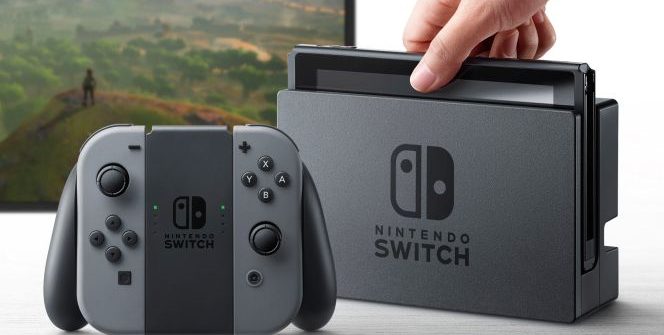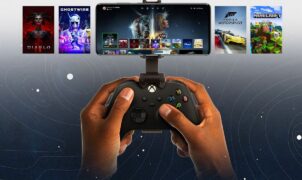It’s been more than seven and a half years since the Nintendo Switch hit shelves in March 2017, but with a little tuning, the platform can be made stronger.
And let’s not forget that the Switch wasn’t a very powerful platform when it launched, but Nvidia’s Tegra X1 chip can get you up to speed with a little tuning. The video embedded below proves this: the benchmark test results are pretty good, and even the Dolphin emulator works, so you can run GameCube and Wii games on the Switch thanks to the higher clock speeds.
The creator of the video, Naga, tested the platform on L4T Ubuntu, and so Membench, Cuda95 and Geekbench 6 all show nice results, and it’s incredible to see that Mario Kart Wii doesn’t crackle, but is fully playable at 1080p resolution thanks to the tuning. And this isn’t the first time we’ve seen what the Nintendo Switch can do when it’s not running at factory clock speeds on the Japanese company’s hardware. There have been examples of a tuned Switch with 8GB of RAM running The Legend of Zelda: Tears of the Kingdom in its native resolution (1080p) at over 60 fps, and even 30 fps at 1440p.
If rumors about the Switch’s yet-to-be-announced successor are true, current games will run with good image quality and performance on the Switch 2 (that’s not an official name…), which will have 12 GB of LPDDR5X RAM and thus at least better texture quality than the Xbox Series S. In addition, Nvidia DLSS will reportedly be supported, so scaling won’t be left out of the Tegra T239 chip.
Nintendo’s next generation console will be released sometime in 2025. Maybe in the first quarter (January-March), maybe in the second quarter (April-June), maybe a little later (it could happen).
Source: WCCFTech
















Leave a Reply